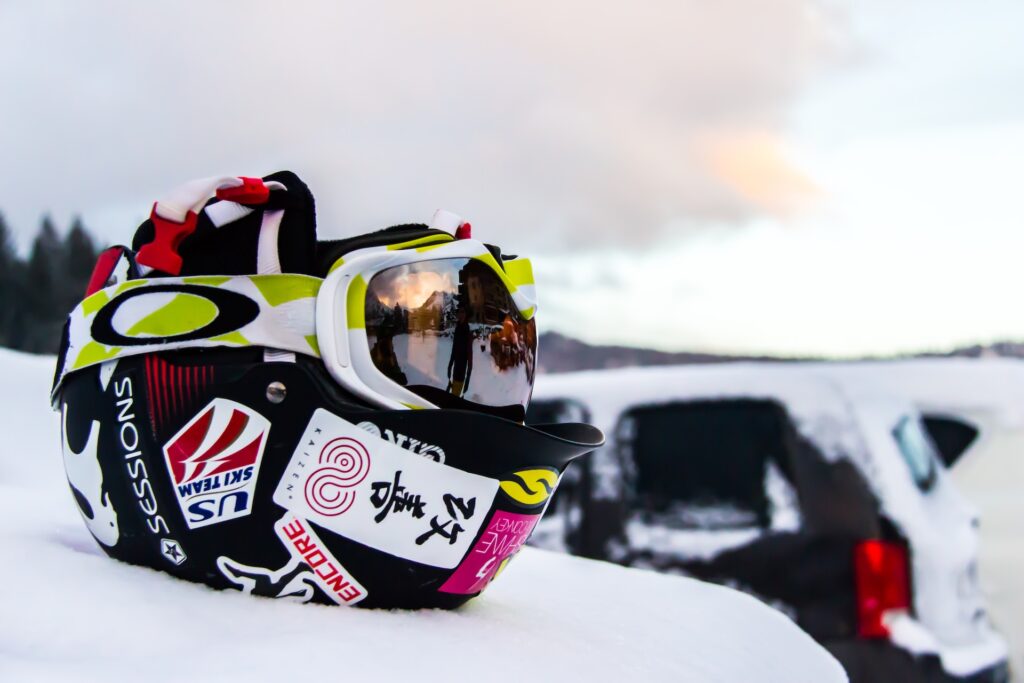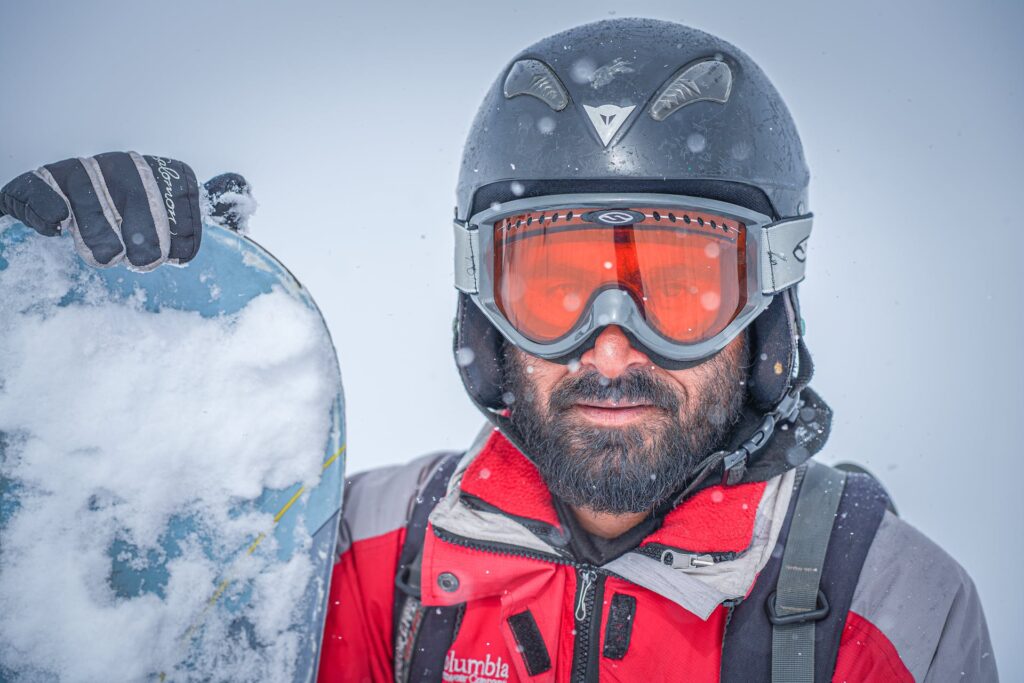What To Wear Under Ski Helmet?: Essential Tips for Comfort and Safety
Imagine gliding down the snow-covered slopes, feeling the rush of adrenaline as the wind whips through your hair. Skiing is an exhilarating sport that offers a unique blend of adrenaline and tranquility. However, amidst all the excitement, it’s crucial not to overlook the importance of safety and comfort.
One essential aspect of skiing that often gets overlooked is what to wear under a ski helmet. In this article, I will guide you on what to wear under ski helmet and through the best options to ensure both your safety and comfort on the slopes.
Importance of Wearing Something under Your Ski Helmet
Before delving into the specifics, let’s understand why it’s essential to wear something under your ski helmet. A helmet provides critical protection for your head, reducing the risk of severe injury in case of a fall or collision. However, wearing only a helmet might result in discomfort due to friction, perspiration, or a loose fit. To maximize both safety and comfort, it’s crucial to choose the right gear to wear under your helmet.

Considerations for Choosing the Right Gear
When deciding what to wear under your ski helmet, several factors come into play. Let’s explore these considerations to ensure an optimal skiing experience:
Moisture-wicking Fabrics for Comfort
Skiing is an active sport that can make you work up a sweat. To avoid a clammy and uncomfortable experience, opt for moisture-wicking fabrics when choosing your under-helmet gear. Fabrics like merino wool or high-quality synthetic fibers will draw moisture away from your skin, keeping you dry and comfortable throughout your skiing adventure.
Proper Fit for Safety
While comfort is important, never compromise on safety. Ensure that whatever you wear under your ski helmet does not compromise its fit. It should not create pressure points or affect the helmet’s stability. Consider options that provide a snug fit without exerting extra pressure on your head.
Temperature Regulation for Versatility
Skiing environments can vary from bluebird days to chilling winds and frosty temperatures. Your under-helmet gear should offer temperature regulation to adapt to these changing conditions. Layering options like thin fleeces or lightweight thermal materials can provide warmth when needed and allow breathability during more intense skiing sessions.
Different Options for What to Wear Under Ski Helmet
Now that we understand the essential considerations let’s explore some specific options for what to wear under a ski helmet:

Thin Beanies or Skull Caps
Thin beanies or skull caps are a popular choice for many skiers. They provide a layer of warmth without compromising the helmet’s fit. Look for options made from moisture-wicking materials like merino wool or technical fabrics that offer both comfort and temperature regulation. Ensure that the beanie or skull cap covers your ears for added protection against cold winds.
Balaclavas or Neck Gaiters
Balaclavas or neck gaiters are versatile options that offer both neck and face protection. Made from breathable materials, they wick away moisture and provide an extra layer of warmth. Choose a balaclava or neck gaiter that allows you to adjust the coverage according to your needs, whether you prefer full face protection or simply covering your neck on milder days.
Headbands or Ear Warmers
For skiers who prefer minimal coverage or want to ensure better hearing on the slopes, headbands or ear warmers can be a great choice. These accessories keep your ears warm while allowing ventilation, making them suitable for active skiers. Opt for fleece or moisture-wicking materials like polyester to ensure comfort and temperature regulation.
Odor Control and Hygiene
Skiing can be a sweaty activity, so it’s essential to maintain proper hygiene. Here’s how to keep your headgear smelling fresh:
Washable and Odor-Resistant Materials
- Choose headwear that is easy to clean, preferably machine washable. Look for odor-resistant fabrics to keep unpleasant smells at bay.
- Some options feature antimicrobial properties, which can help prevent the growth of bacteria and keep your gear fresh for longer.
Regular Cleaning
- Don’t forget to regularly wash your headgear to remove sweat, oils, and dirt.
- Follow the manufacturer’s instructions for cleaning and drying methods to ensure longevity.
Stay fresh and odor-free on the slopes by choosing washable, odor-resistant headgear and practicing regular cleaning.
Tips for Choosing the Right Accessories
To help you make the best choice, here are some additional tips for selecting the right accessories to wear under your ski helmet:
- Ensure that the accessories you choose are compatible with your specific helmet model.
- Consider the climate conditions of your skiing destination and choose accessories accordingly.
- Avoid excessively tight accessories that may cause discomfort or impede circulation.
- Opt for accessories with flat seams to minimize friction and prevent irritation.
- Check for additional features like built-in ventilation or wind-resistant materials.

Conclusion
Selecting the right gear to wear under your ski helmet is crucial for both safety and comfort on the slopes. Remember to prioritize moisture-wicking fabrics, a proper fit, and temperature regulation when making your choice.
Whether you opt for thin beanies, balaclavas, or headbands, ensure they are compatible with your helmet and provide the necessary protection for your head and ears. By taking the time to choose the right gear, you can fully enjoy your skiing experience while staying safe and comfortable.
Skiing is not just a sport; it’s a journey of self-discovery on the snow-capped mountains.
For more information on traveling and destination recommendations, check out my other articles on WanderingNotLost.org
Wanderingnotlost.org is a participant in the Amazon Services LLC Associates Program, an affiliate advertising program designed to provide a means for website owners to earn advertising fees by advertising and linking to amazon(.com, .co.uk, .ca etc) and any other website that may be affiliated with Amazon Service LLC Associates Program.As an Amazon Associate, I earn from qualifying purchases




